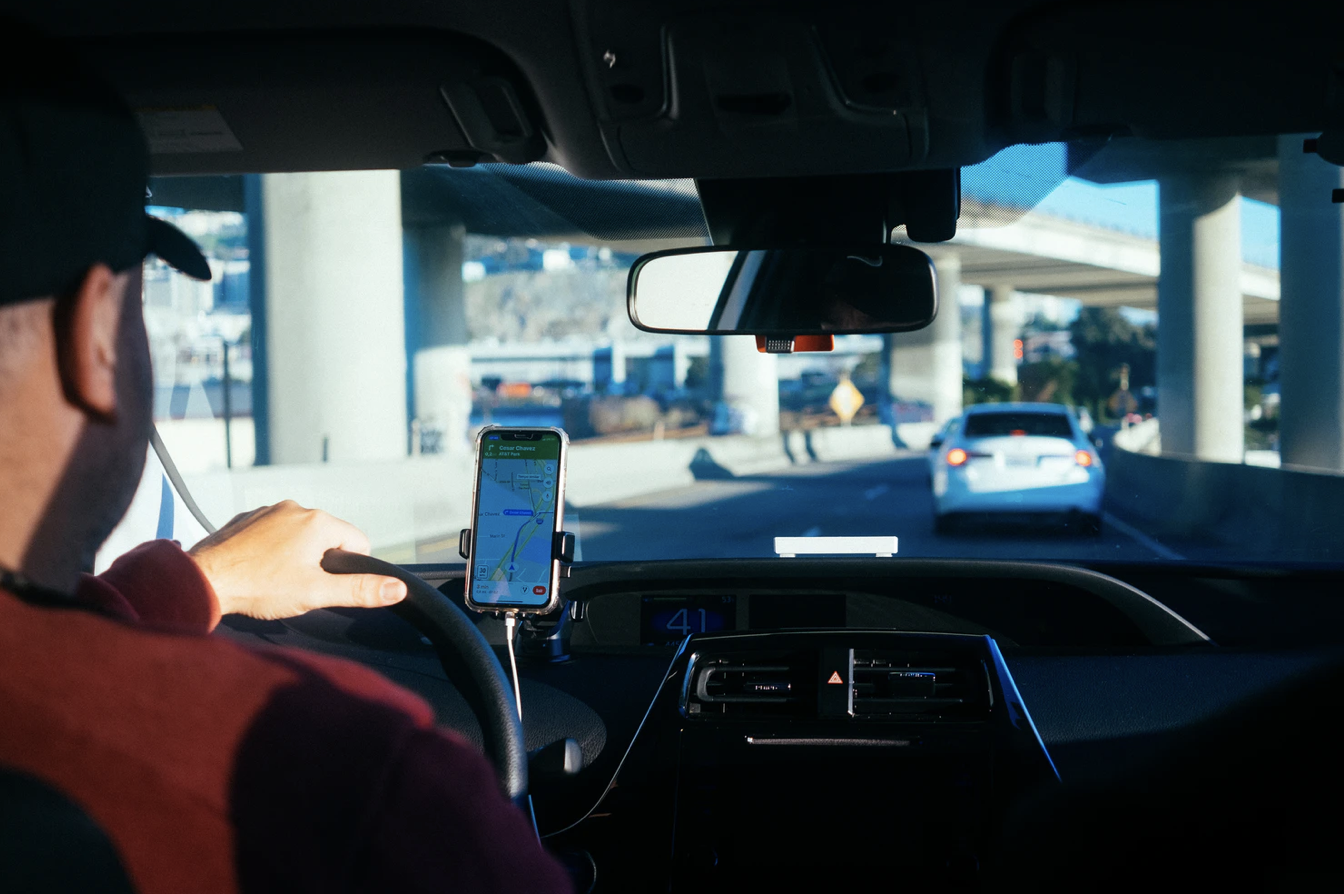Ridesharing: How to protect yourself

Uber, Lyft, and other rideshare services have quickly become a default transportation option for many these past few years.
At your service in just a couple of taps of your smartphone, peer-to-peer ride services are often the more convenient and economical choice.
In 2016, it was reported that nearly 2 million Canadian adults had used a rideshare service in the past year, with people aged 18 to 35 accounting for about 28 percent of users. In total, Canadians spent nearly a quarter-billion dollars on these ride services that year.
What to do during the COVID-19 Pandemic.
In the interest of keeping people safe while getting them where they want to go, here are some tips for passengers when needing to take Uber or Lyft rides from a recent Forbes article.
- Don’t ride sick. This is pretty obvious, but please stay home.
- Cover up, wear gloves, and a mask. The coronavirus can be contracted through touching a contaminated person, surface and through the air, and you don’t know if the person in the car ahead of you sneezed because they were sick or just had spring allergies.
- Keep your hands to yourself in the car. Pretty simple: Let the driver get the door (it’s fine to ask) and once in, buckle in and keep your hands, elbows, and all else to yourself. Want the window down? Ask the driver to do it. Feel a cough or sneeze coming on?
- Ask the driver what they are doing differently in regards to the virus. Just being open with the lines of communication and discussing what they are doing to help in the battle.
Accidents do Happen
However, as with any other vehicle on the road, accidents involving rideshare services can happen – and they do.
In October 2018, a Toronto Uber driver pled guilty to careless driving after causing an accident on the Gardiner Expressway that resulted in the death of his 28-year-old passenger. The driver had been driving for Uber for just four days.
No Training for Rideshare Drivers
While Uber and Lyft both require their drivers to undergo driving records and background checks before joining their workforce, drivers are not required or offered any training.
In fact, both companies are known for their “hands-off” approach, allowing their drivers to work whenever and wherever they choose.
This makes speeding, pulling risky maneuvers, and driving long hours an incentive for drivers to pick up more passengers and make more money. In addition, drivers are constantly required to look at their phones – to review the map, to pick up new passengers, or to reroute a destination.
Insurance Coverage
Uber maintains commercial auto insurance for its drivers in Ontario. Their policies cover drivers’ liabilities towards third parties and occupants of the Uber-contracted vehicle in the event of an accident where the other driver’s insurance is not sufficient or viable.
However, these policies are only enabled for accidents that occur between the time a driver accepts a trip on the app and reaching the rider’s destination.
Outside of these times, a driver’s vehicle is considered to be personal use, and personal auto insurance applies.
What to do if you’re in an accident – Passenger:
Being involved in an accident as a passenger of rideshare can be frightening. Follow this checklist to help ensure you’ve got your bases covered:
- Call 911, if necessary – If you or someone else is injured and requires immediate medical attention, call for emergency personnel
- Report the Accident in the App – All rideshare apps allow you to contact customer service and report an accident during or after a ride.
- Collect Information – Collect as much information as you can for your own records.
This includes:
- Contact information and license numbers of all drivers involved
- Information about vehicles involved
- Date, time, and description of the accident
- Contact information for witnesses
Even if you’re involved in a minor fender bender, it’s important that you report the accident to the rideshare service so there is a record of it.
Drivers may try to get away with not reporting in fear of any repercussions from the rideshare company.
So long as the rideshare company is aware, there is a record of the event, and any injuries that have been inflicted on you will be covered by either the rideshare company’s insurance or by the party at fault.
What to do if you’re in an accident – Driver:
- Call 911, if necessary – Call for police or EMS if you or someone else is injured and requires immediate medical attention, if damage to all vehicles is estimated to be above $2000, or if you suspect the other driver to be guilty of a criminal offense (ie. driving under the influence).
- Report the Accident in the App – Report the accident to the rideshare company through the app and follow their instructions. Since drivers are covered by their insurance during a rideshare trip, they will instruct you to collect all the information that is needed.
- Photograph the Scene – If it is safe to do so, take photographs of the scene, as well as all four sides of your car, whether or not it has been damaged.
- Record Information – Take down information about the accident and contact information of the other driver(s).
This includes:
- Contact information, license numbers, and insurance information of all drivers involved
- Information about vehicles involved
- Date, time, and description of the accident
- Contact information for witnesses
Peer-to-peer rideshare services have become the norm in many Canadian cities and surrounding areas. Stay safe and protected by knowing what to do in case of an accident.
If you’ve been in an accident involving a rideshare driver, the Harris Law team can help get you the compensation you deserve – we’ll even conduct our own investigation. Contact us today for a free consultation.

